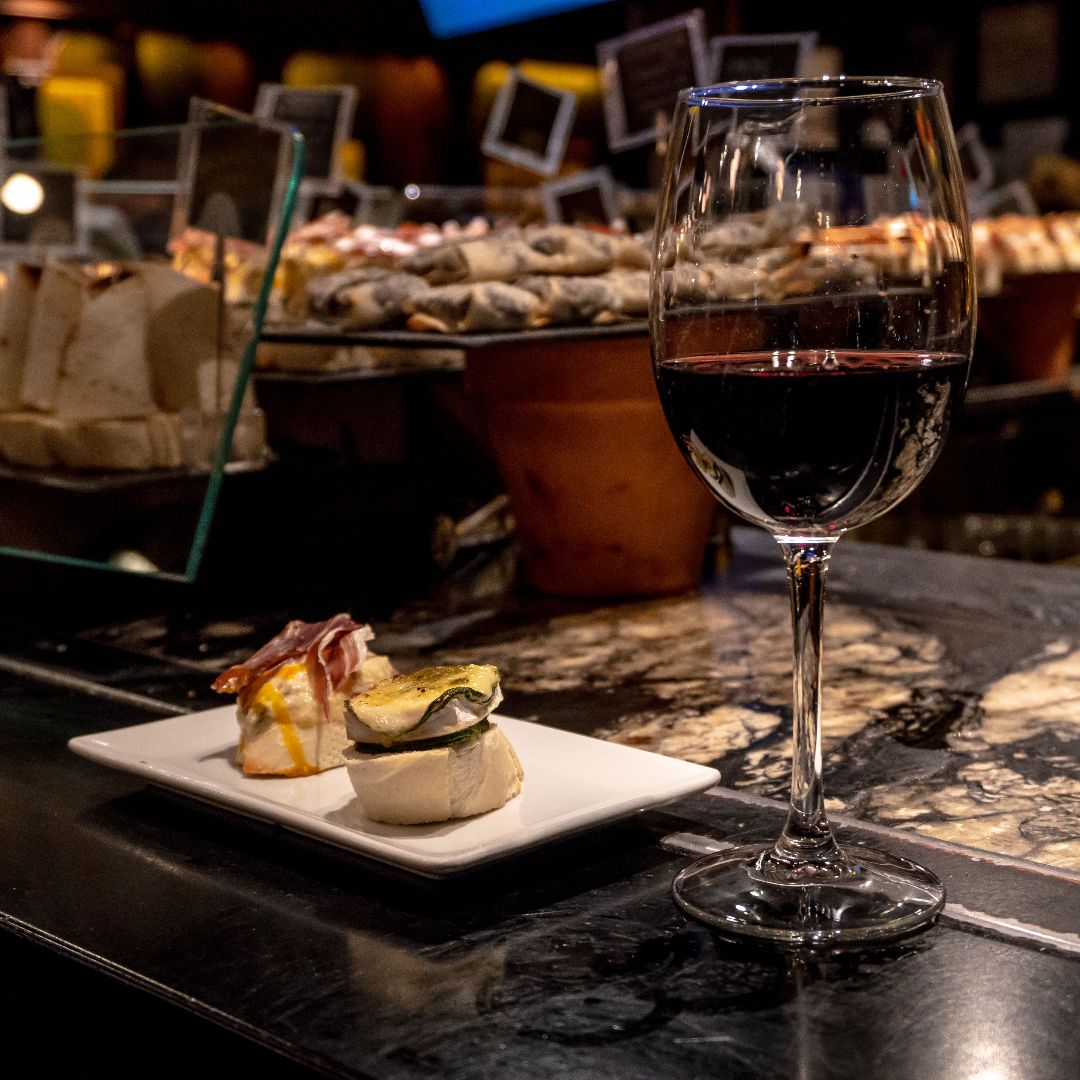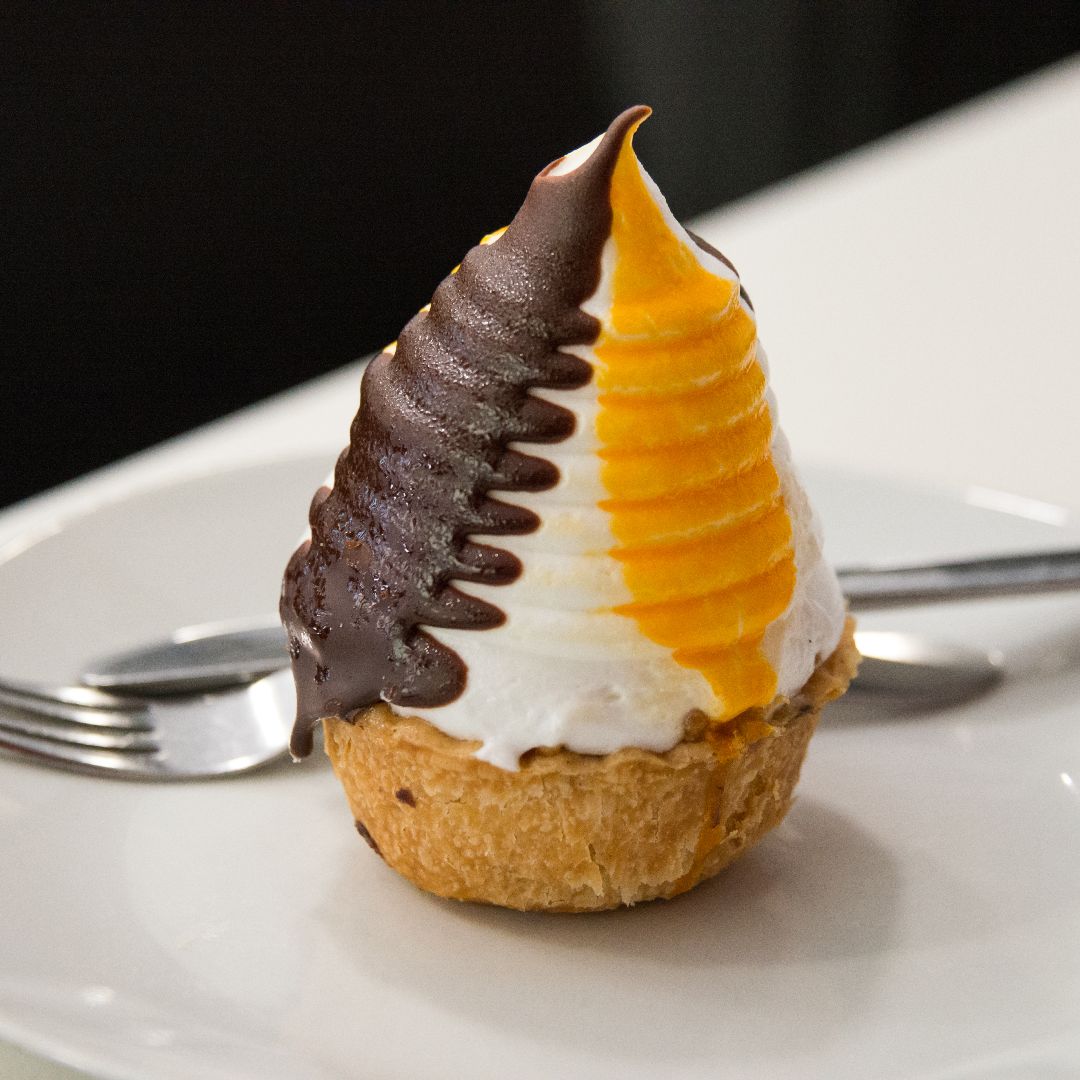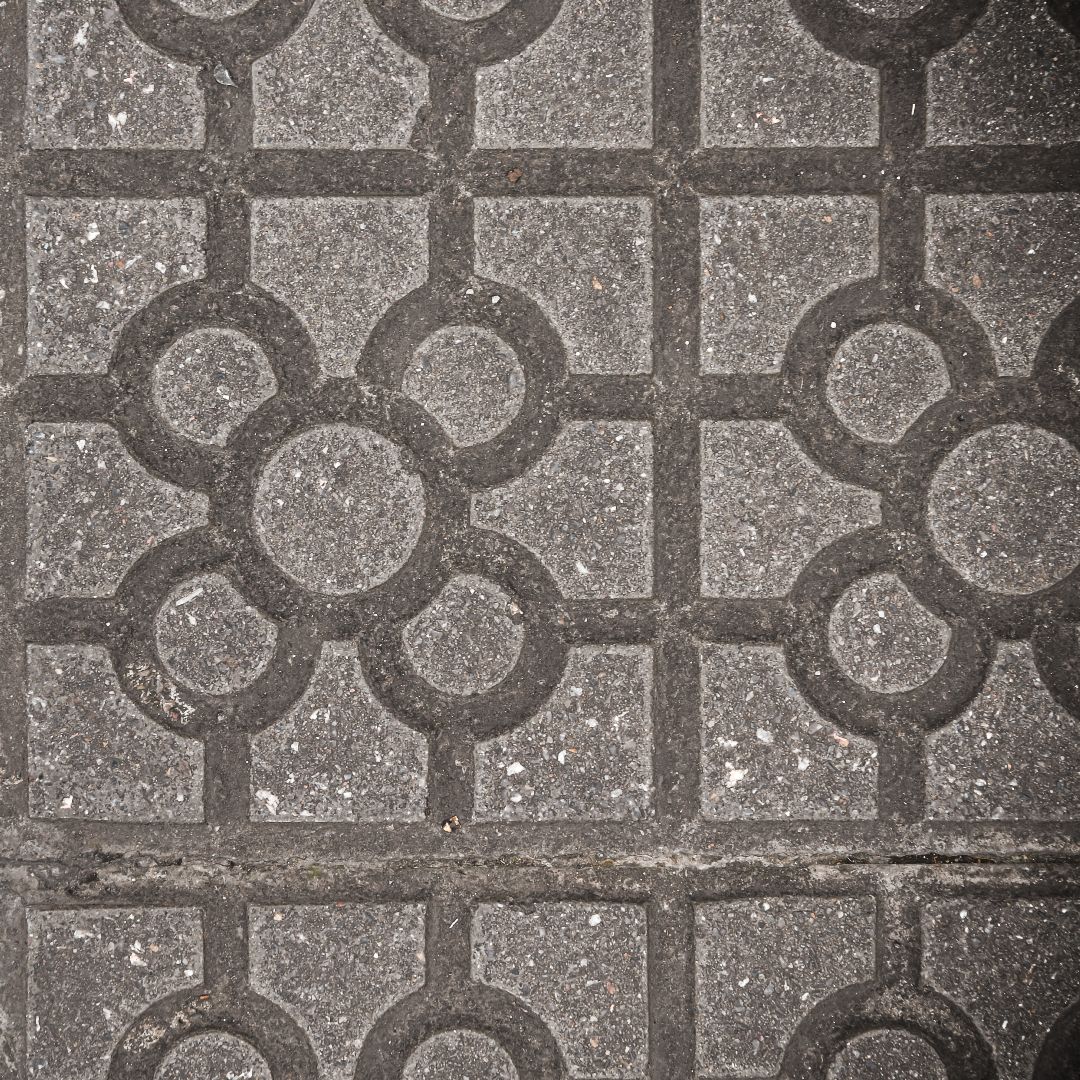Weekend in Bilbao with entrance to the Guggenheim Museum
Bilbao is a city full of art, tradition, avant-garde and good gastronomy. although Separated by the river estuary, several bridges join the two parts of the city together, making it a most complete city that has everything nearby and is also accessible on foot. All this makes Bilbao an ideal destination to discover at a weekend. So that you don't miss anything behind, at Nativics we have designed the best itinerary with the most important places of interest and the most relevant things to do. In addition, this trip includes one night in a central hotel in Bilbao, so you have everything at hand, and entrance to the Guggenheim Museum, so you don't waste time in queues. and waiting.
Are you interested?
Experience Details
included
- Accommodation in a central hotel in Bilbao on a selected basis.
- Tickets to the Guggenheim Museum.
Not included
- Flights (only if they have been selected in the search engine)
- Rental car
- Pick-up and return service to the hotel
- Other entrance fees not mentioned
- Other transfers not mentioned
- Tour guide
Travel guide of Weekend in Bilbao with entrance to the Guggenheim Museum
Day 1: First contact with the city in the Bilbao style
Once you settle in your hotel in the center, take advantage of the time to take a walk around the city, its beautiful streets and bridges, which are located along the Bilbao Estuary. Immerse yourself in the life of Bilbao by trying their many "pintxos" in the Casco Viejo (the old part of the city). Plaza Unamuno is a good place to start. Among its cobbled streets, you will find restaurants and bars where you can enjoy pintxo and txikito (a small glass of wine). We recommend that you during your weekend you stop trying the pintxos as they are an integral part of the Basque culture plus the fact they are delicious, it is a very lively tradition. one we are sure you will enjoy

The word txikito (little) means tiny in Basque and it is the name given to small glasses of wine. The txikiteo is going from bar to bar drinking txikitos. This tradition goes back a long way when friends or "txikiteros" would go out after work to have some txikitos. It could be said that the north invented the afterwork drinks long before it became fashionable. Currently, this tradition has resurfaced among young people who like to add a pintxo to the txikito. Good customs should never be lost!

Typical products of Bilbao
To snack and eat
Skewers (pintxos)
Idiazábal cheese
Champis (mushrooms)
Biscayan-style cod
Hake shells in green sauce
Marmitako
T-bone steak
Sweets and desserts
Butter bun
Carolina
Rice cake
Bilbao eclairs
Russian
Wines and spirits
Txacolí: dry and slightly acid white wine.
Sagardoa: similar to cider.
Patxarán: digestive licour.
Day 2: Touring the old town of Bilbao and its monuments
We start the day in the Casco Viejo or seven streets, the heart of the city. The first stop is the Mercado de la Ribera, a traditional market that entered the Guinness Book of Records in 1990 as the most complete municipal food market, be, the largest in Europe with no more and no less than 10,000 square meters and a multitude of product stalls you name it they sell it. When leaving the market, go through the San Antón gate and you will come across the most emblematic Gothic church in Bilbao, the Church of San Antón, beautiful inside and out and as it is next to the estuary it is the most photographed place of interest in Bilbao. It is so popular among the people of Bilbao that it is portrayed on the city's coat of arms. If you want to enter, the ticket is purchased in the same venue and you can also buy the ticket to the Cathedral of Santiago, our next stop. This Gothic cathedral was built between the 14th and 15th centuries, although its beautiful façade, later rebuilt, is neoclassical in style. With three naves, of which the main one is the tallest at 22.5 meters high, with beautiful stained glass windows, the celestial vault of the Sacristy and the cloister. At the end of the visit, head towards the estuary and, from there, you will quickly arrive at the Arriaga Theatre. A beautiful neo-baroque theater from the 19th century and built in honour of Juan Crisóstomo de Arriaga, a young musical prodigy from Bilbao who, when he died at the age of just 19, had already composed more than 20 works. This building stands out for its main façade and its decorative elements, which take the Paris Opera House as a reference. , it is a good time to continue the walk until you reach the Plaza Nueva, >a meeting place for Bilbao residents and, of course, a good place to eat and try some of the region's famous pintxos with their corresponding txakoli, the Basque wine par excellence. One of the most emblematic bars is the Café Bar Bilbao, with its characteristic blue entrance. Other recommended establishments are the Gure Toki, the Urdiña, and the Charly. After replenishing our energy, we continue our route along the Paseo Campo de Volantín, next to the estuary, to reach the Ayuntamiento de Bilbao, famous for its large square and its iron sculpture, work of the Basque sculptor Jorge Oteiza. This sculpture, eight meters high, six meters in diameter and weighing 16 tons, is called the Ovoid Variant. Although it is popularly known as the “half-side txapela” due to its shape, which resembles this Basque accessory, it is an empty geometric body made of corten steel, a material with which the hulls of ships that sailed the Bilbao estuary. If you want to have a drink or dinner on the other side of the estuary, cross the Town Hall Bridge and you will reach the area of restaurants and bars where you can have a pintxo or sit down to have a good steak or enjoy a cod cooked as only the Basques know how.
What will you see today?
Bilbao Ribera Market
Santiago Cathedral or Bilbao Cathedral

Bilbao rosette tile
One of the icons of the city of Bilbao is iThe Bilbao pavement tile is much more than a simple cement tile. It is one of the icons of the city. there are more than 66,000,00 covering the pavements. The flower-shaped lines are designed to drain water away, making walking safer for pedestrians. you will find them wherever you walk
Day 3: Discovering the city of the Guggenheim
The day begins by going up the funicular of the Mirador de Artxanda. From this viewpoint, you can see the entire city of Bilbao. It's red railing with the word Bilbao and its panoramic views have made this viewpoint a place worth photographing. we recommend that it be your first stop, as it is very close to the museum but it doesn't t open until 11 am., this way, you will make more of your time. the ticket is very cheap. The funicular runs every 15 minutes. When you go back down with the funicular, you can continue walking along the Ría de Bilbao, you will reach the Puente de la Salve, from this part you will be able to see, next to the estuary, the impressive Guggenheim Museum. Cross the bridge and you will have reached the most famous museum in Bilbao and is not to be missed. The first thing that strikes you about this museum is its exterior sculptures: Puppy, the famous flowered dog, and Mama, the great spider with eight giant legs. What stands out as really pure art is the avant-garde architecture of the building that has become a symbol of the city. Designed by Canadian-American architect Frank Gehry, this monumental sculpture covers an area of 24,000 square meters and houses large permanent collections of contemporary art and other temporary exhibitions. We recommend that you spend at least 3 hours visiting it, so you should enter the museum in the early afternoon, around 3 or 3:30 p.m. since the museum closes at 7 p.m. When you finish seeing the museum's exhibitions and their huge sculptures, you can continue along Calle Urbitarte, which borders this side of the estuary, until you reach the famous Calatrava bridge: the Puente Zubizuri, a white, arched structure that simulates a sailboat 10 meters from the water from the estuary. Once you have taken the relevant photos, continue along this side of the estuary where you will find many places to eat on Ledesma, Abando and Diputación streets. Ideal to soak up the Bilbao spirit while recharging your batteries after the walk and visiting the museum.
In the afternoon, if you still feel like walking, you can go back to the estuary and on Ripa Street, you will find the beautiful Concordia Station. This railway station that connects Bilbao with Santander stands out for its modernist façade with ceramic, glass and wrought iron elements that make it the most special station in the city. To end your weekend in Bilbao, just 10 minutes' walk from the station, is the Alhóndiga de Bilbao or Azkuna Zentroa. If you have time and desire, it is another option to visit. This building was a wine warehouse built in 1909 but remodelled after it was abandoned and, turned into a cultural and leisure center. What makes this building so special are its 43 colourful columns, each with its own design.
Have a safe trip home!
What will you see today?
Artxanda viewpoint
La Salve Bridge in Bilbao
Puppy, Bilbao's most famous pet
"Puppy" is a famous work in the form of a West Highland terrier dog created by artist Jeff Koons. This giant flowered dog guards the Guggenheim Museum, it is an emblem of the city and a character loved by everyone who visits it. It is made up of 38,000 flowers, but the most surprising thing is that the flowers are changed twice a year. In spring-summer, Puppy dresses up in begonias, impatiens, petunias and ageratum; in autumn-winter, pansies -a flower resistant to cold and rain-, violas, Lobularia and primroses. This change of flowers is a complex process since they are placed on the iron structure, in a kind of mesh, with several layers of soil substrate and an integrated irrigation system that makes it more sustainable. Thousands of exclusive flowers for Puppy are grown and cared for by a team of 20 gardeners
Contact an expert
If you have any questions about this experience, if you want more details or if you want to customize your trip, don't wait any longer! Contact us and we will help you tailor your trip.
Contact us if you need to add flights, rental cars, transfers or events to your trip. We will solve all your doubts and we will help you finalize your reservation.
